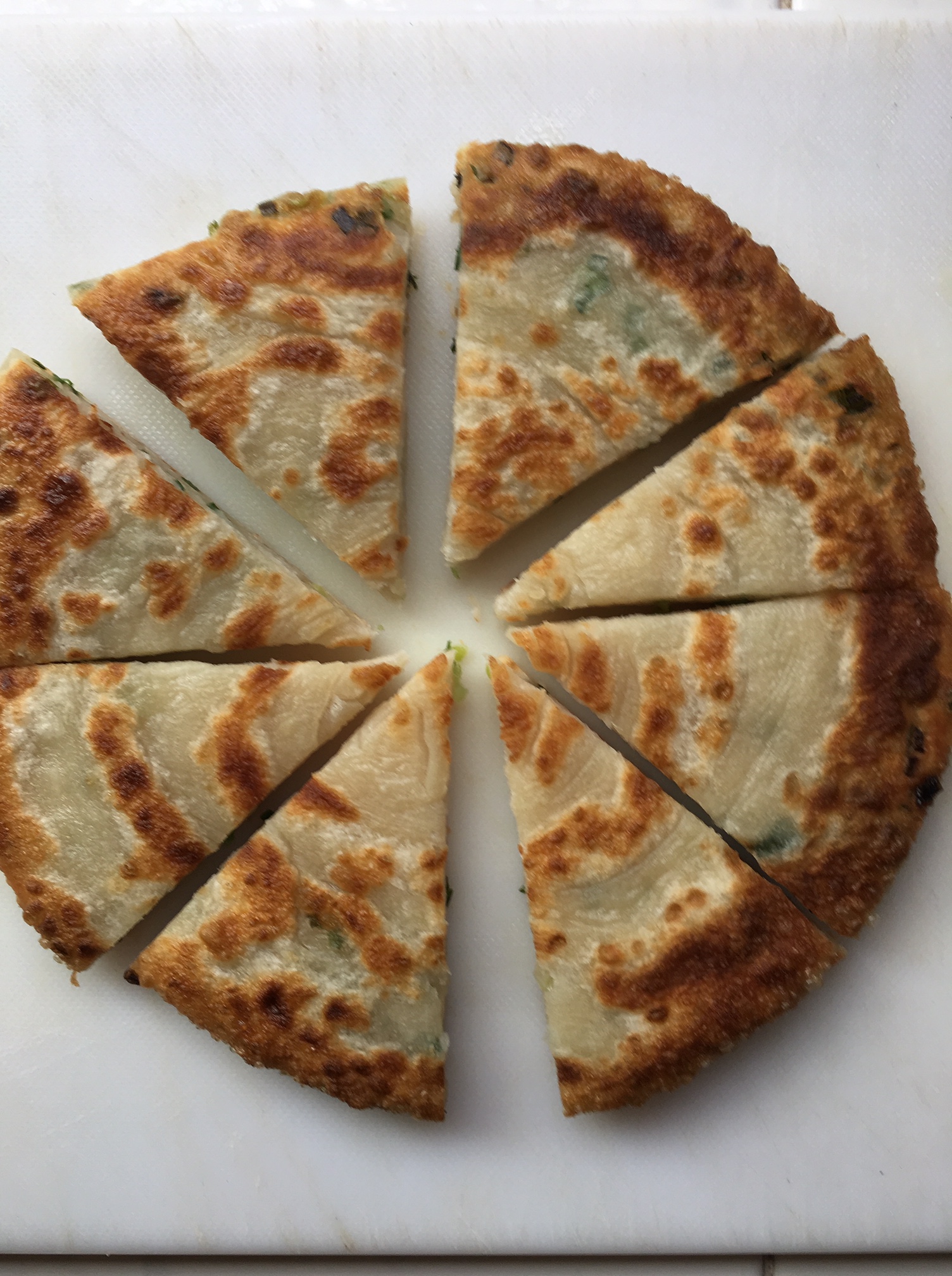
This dish gets its whimsical name from the ground pork clinging to the strands of vermicelli. Despite the name, it isn’t banquet food but Chinese homestyle cooking. Salty with the earthy tang of bean paste and chilies, it is truly comfort food when it is served with hot jasmine white rice and sautéed cabbage on the side. I adjusted the recipe because I thought 200 grams of vermicelli was overwhelming. However, I increased the garlic, ginger, and scallions, also called the Chinese trinity, because you can never have too much. I improvised with the chili bean sauce because I didn’t have any–I did have miso and gojuchang. Delicious, aromatic, and perfect.
Ants Climbing a Tree: Ground Meat with Mung Bean Vermicelli Sichuan Style (adapted from China Sichuan Food)
Yield: 2-4 servings
80-100g mung bean vermicelli
200g ground meat (pork, beef, or chicken)
¼ teaspoon salt
1 tablespoon cooking oil, plus more if needed
1 tablespoon Chili Bean Sauce (improv: 3/4 tablespoon miso+1/4 tablespoon gojuchang)
1 tablespoon soy sauce, plus more to taste
1/3 cup scallions, sliced thinly on diagonal
2 large cloves garlic, minced
1 inch ginger root, peeled and minced
1 teaspoon sugar
2 cups water or stock
Season ground meat with a ¼ teaspoon of salt. Set aside. Soak vermicelli in warm water until softened, about 8-10 minutes. Drain and set aside.
Heat oil in wok and fry ground meat until it is no longer pink, using the spatula to break up the big pieces. Set aside.
Add chili bean sauce, minced garlic, minced ginger, and half of the scallions to the hot wok. Add additional oil if needed. Heat over medium high heat until the mixture turns red and it becomes aromatic. Return meat to the wok and add soy sauce. Taste. Add more soy sauce or chili bean sauce as needed.
Add the water or stock to the wok and bring to a boil. Add drained vermicelli and sugar. Stir well to heat and combine. The vermicelli will absorb the liquid and turn transparent. Transfer meat and vermicelli to a large serving platter or bowl. Sprinkle remaining scallions on top. Serve hot with rice.
PS to make the cabbage, just shred half a head and sauté in a little oil and salt until slightly wilted. Add 1/4 cup water or stock and continue cooking until the cabbage is a crunchy or as soft as you like. Taste and season with a little fish sauce or soy sauce, if needed. I “garnished” it with crispy skin pork from the market but you can add Chinese sausage, ham, or tofu.





